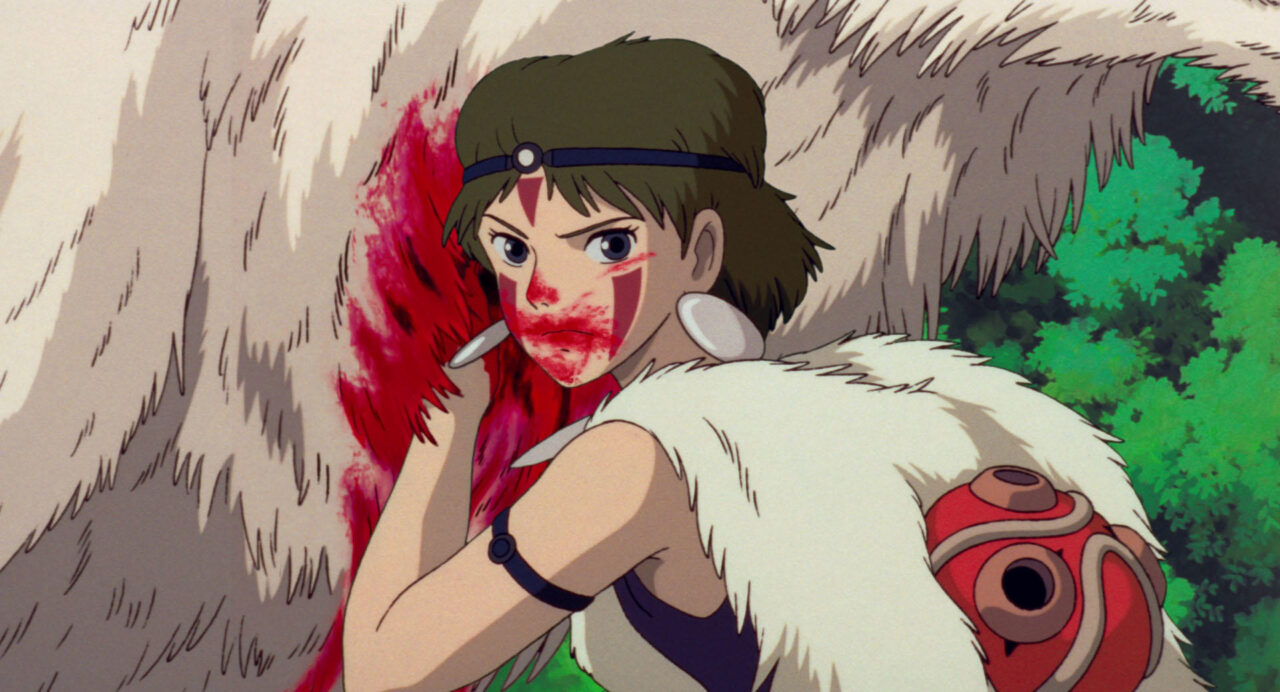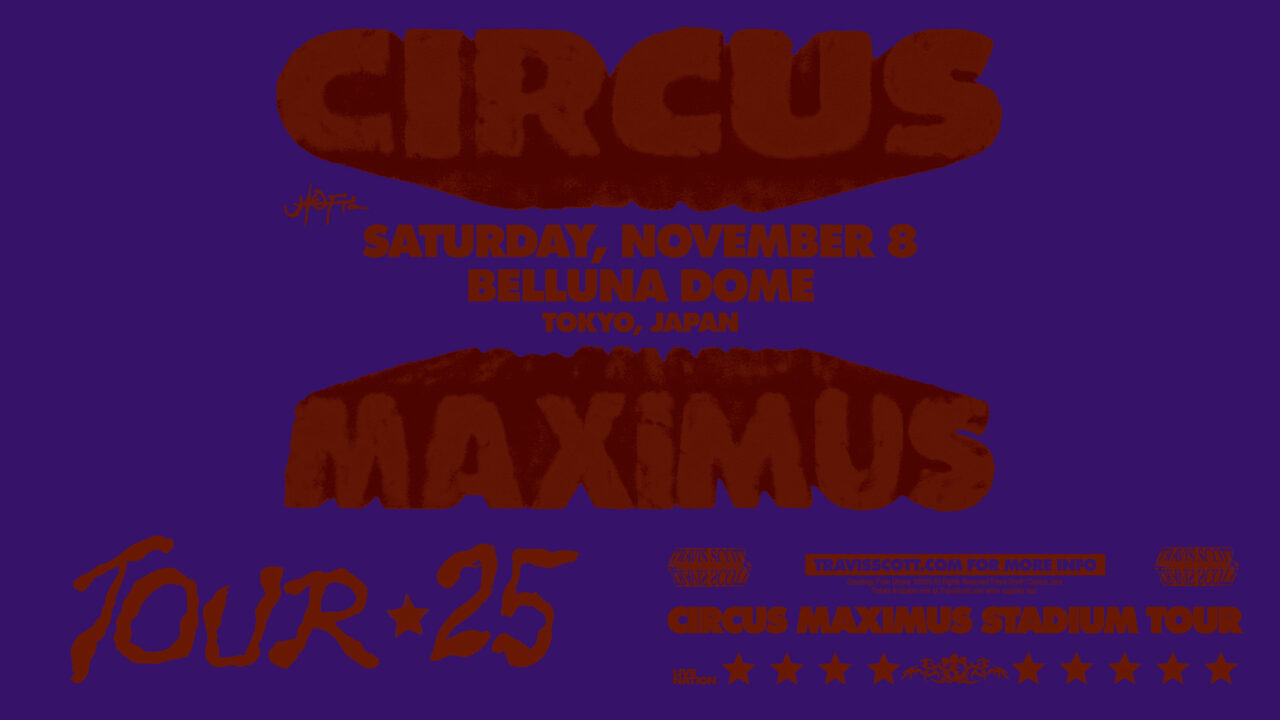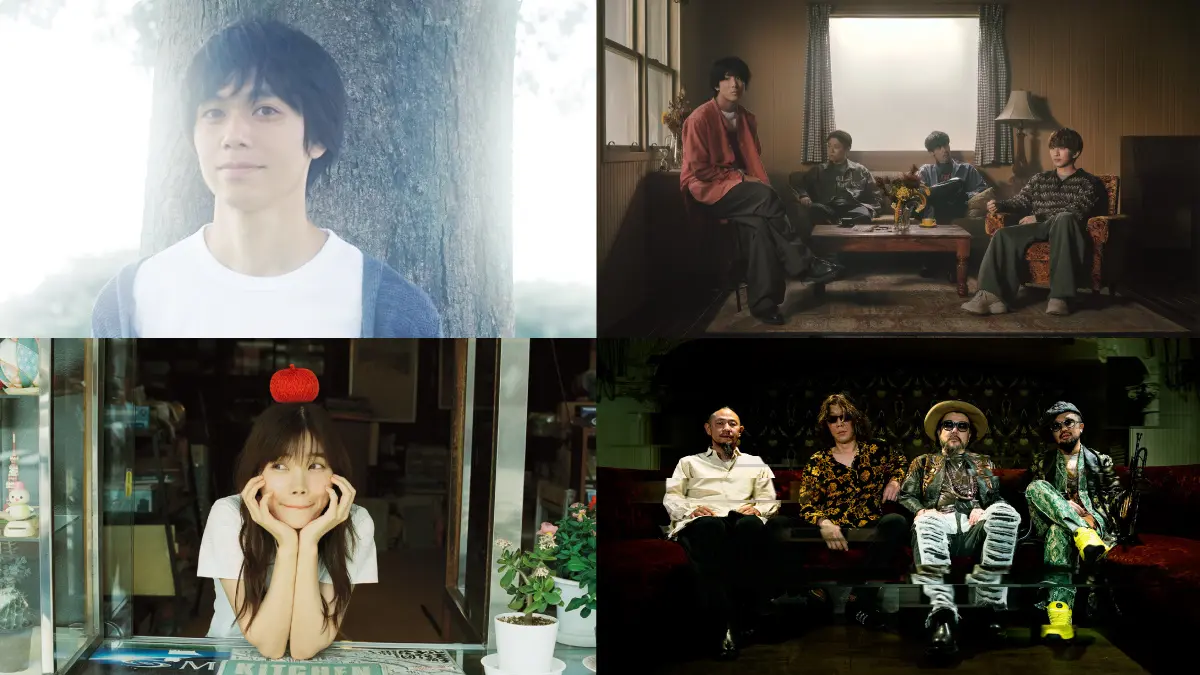Merlion is a prolific and personable singer-songwriter known for his direct and sincere delivery of messages through his music. In addition to his musical pursuits, he has been consistently updating his podcast for over five years, showcasing his talent as a conversational entertainer. Merlion is also a multi-artist, involved in the design of artwork and merchandise, and organizing various projects and events with the help of those around him.
He began his career in 2009 with the theme “smiling while listening,” and this year marks his 15th anniversary. His career is built on a strong desire to create, take action, and, above all, entertain people. His sixth full album, “Gokigen,” released in May 2024, is a culmination of his journey, supported by those he has met along the way. It is his first self-produced band sound album, aiming to be a definitive pop album and an introductory piece for new listeners.
To coincide with this milestone, we are presenting an interview that serves as an introduction to Merlion. Reflecting on his 15-year career, we discuss not only his album but also his recent 7-inch release featuring Yasuji Miura (□□□), his solo concert at Shibuya WWW in Tokyo, and his jacket/artwork exhibition “Gokigen-ten” at HMV Record Shop Shibuya. These projects highlight his plans for the year. I, too, have been captivated by his cheerful and passionate personality, as well as his music.
INDEX

Born on Hinamatsuri (Girl’s Day) and raised in Yokohama, Merlion is a singer-songwriter and the head of NIYANIYA RECORDS. Since 2009, he has been actively performing live, producing music, writing, acting, and podcasting, crossing genre boundaries primarily in Tokyo. To date, he has released a total of 12 albums through diskunion/DIW label MY BEST!, Sogabe Keiichi’s ROSE RECORDS, and his own label, NIYANIYA RECORDS. His latest full album, “Gokigen” (2024), was released digitally on May 22, 2024. On June 12, 2024, he will release a 7-inch record, “Umi e Umi e Umi e,” featuring a remix by Kosui Miura (□□□). From June 15 to June 30, 2024, HMV Record Shop Shibuya 2nd floor Bankrobber LABO will host a jacket and artwork exhibition “Gokigen-ten” with 17 participating artists. To commemorate his 15th anniversary, he will hold a solo show at Shibuya WWW on June 27, 2024.
A Quick Look Back at Merlion’s Journey
-Looking back on your career to date, what phase do you think Merlion is in now?
Merlion: We are in the fourth phase. The first phase was from the age of 16, when I started performing under the name Merlion, until I graduated from high school in 2011. At that time, I met many people who later became successful, such as Hirohisa Katoh (Inokashira Gramophone), who also participated in this album, atagi (Awecome City Club), Sekai Kan Ozaki of Creep Hype, and Kaonashi Hasegawa, and I received a lot of stimulation. I was very much inspired by them. I also asked Noko-san (Sacred Stickman) to write the obi comment for my second album “Nichijo” (2012). As for my musicality, it was a period in which I was just screaming out with an impulse I didn’t understand, while being terrible at singing and playing instruments.
-Did you always think of doing it as Merlion from that time on?
Merlion: No, I never thought about it, and many times I wanted to change my name (laughs). I applied for the audition “Senko Riot” held by “SCHOOL OF LOCK!” (TOKYO FM) at the time, and I failed in the second round, but my song was played on the radio. After that, I posted on Yahoo! Chiebukuro, “I can’t forget the song that was played at what time last month on ‘SCHOOL OF LOCK! I don’t know whose song it was, but it was definitely mine.

-That’s a great story. What is the second phase of the project like?
Merlion: It was a period when I was ready to start my music career. I made a live album “19 Sai” (2013) and started hosting events every two months at Colored Jam (now Music Bar rpm) in Shimokitazawa. Wataru Sawabe (Skirt) and Satoko Shibata also performed at these events.
-This April, you remastered and re-released “19 Sai,” which contains live performances of Merlion in their rough teenage years.
Merlion: Keiichi Sogabe praised the album at the time and invited us to a joint recording event. So I wanted to take this opportunity of the 15th anniversary to give it another listen.
-After that, from November 2014 to January 2015, we released three consecutive albums in three consecutive months: “Bukitaibun Dake Boku ni Tsuyoku Naru,” “Boy Meets Girl,” and “Ma Toda Rai Toda Ooong! and there were also three consecutive months of album releases.
Merlion: I feel that this is also the second phase of the project. The year before, tofubeats released his first album “lost decade” (2013) as if it was his graduation project from college, so I took a cue from him and finished it just as I was graduating from college.
-That’s a hell of a creative drive.
Merlion: I guess it was a reaction to that, I fell into a slump for a year or two and couldn’t write any songs.
The third phase started in April 2015, when I entered my current lifestyle of usually working and doing music. Then I managed to get out of the slump and made “Bara Ice” (2018). It was around this time that I finally became conscious of making music properly instead of “screaming”.
-I first encountered Merlion’s music in “Bara Ice”. I had the impression that he sang honest and cute songs. And what about the latest fourth season?
Merlion: it’s from 2019 through Corona Disaster to the present. I’ve come to realize that I’m good at a lot of things, not just music. First of all, I started a podcast “Merlion’s Niya Niya Radio” in May 2019, which I’m still doing. It was also during this time that I started working on merchandise. I like that people are happy with the projects I come up with, and with the actions and results that come along with it, I’ve been able to work hard like a fish out of water.

-What made you think you were suited for this job?
Merlion: Ever since I started performing live at the age of 16, I have always been more determined than others to entertain the audience, and I have been speaking desperately as an MC. So speaking alone was the best way for me to express myself. Also, right after the disaster, there came a period of time when I could not perform live at the Corona Disaster, so I could not let my speaking ability decline during that time! I also felt that I could not let my ability to talk wane during that period!
INDEX
The Journey of “Gokigen”: A Self-Produced Album Four Years in the Making
-What was the concept behind the album “Gokigen” to be released on the 15th anniversary of your career?
Merlion: I started out with the idea of making an album for Merlion beginners, in which all the songs could be considered singles. I wanted to do pop music in the middle, something I had somewhat avoided facing head-on until now.
-What do you mean by “pop music in the middle” for Merlion?
Merlion: Takako Matsu and Kyon Kyon (Kyoko Koizumi) ……. I also loved “Ponkickies” (a Fuji TV show) when I was little. A compilation (“Ponkickies Melody”) containing songs from the show was often played at home. I think that feeling of repeatedly listening to Kazuyoshi Saito’s “Walking Home” and Denki Groove’s “Popo”, which I didn’t really understand but somehow enjoyed, might be the kind of pop music I was aiming for.
-You said that all the songs are singles, but in fact, they are a compilation of songs that have been released for distribution over the past few years. Among them, “Hanagotoba” is the oldest, released in January 2018.
Merlion: In the past few years, we have been releasing songs as they were completed. In the past, due to budgets, deadlines, and lack of ability, there were parts that I thought I could have been more particular about later, but this time I definitely didn’t want to regret it. I spent a lot of time and money finishing each song without compromise, and as a result, it took almost 4 years from the time I started working on it.
-What was the main part that took you the longest?
Merlion: This was actually the first time I self-produced a full album with a band sound. I asked Hiroki Misawa (LABCRY) to produce “Breathe It In, Be Stronger” and Yusuke Sato (Camera=Mannenpens) to produce “Boy Meets Girl. This time, I was very particular about everything I did, so it was very difficult to make it.
-The band sound is unified by GUIRO’s Yoshiro Atsumi (bass), Hiroki Ishikawa (drums), Miss Heavenly (cho), Hibiki Aratani (tp), and Yu Taniguchi (key). In addition, MC.sirafu’s steelpan and Izumi Matsui’s percussion on “Umi e Umi e Umi e Umi e” and Masao Izumi’s banjo on “Rain Cloud to Sunny Day” add to the variety. There is a lot of variety.
Merlion: Until now, my musical knowledge was limited and I couldn’t write music scores, so I could only work with musicians who were good at what they did and who could understand what I was doing just by listening to me play. But since I am a solo artist and not in a band, I would like to work with a variety of people. So in 2020, I started taking online music theory lessons with flutist Takumi Matsumura, and little by little, I am now able to offer my services to the right people for my songs.
Merlion: So now, my band formation has two axes, and in addition to the recording members, my recent live performances have been with Ootsuka-kun (Stereogirl) on bass and Karaki-san (Superyou) on drums. We will also be playing a one-man show at WWW in Shibuya, Tokyo in June with the latter lineup.

INDEX
Unexpectedly Renting the band apart’s Studio
-I felt that your voice has grown in terms of singing as well, with its lightness and gentleness.
Merlion: My singing has been greatly influenced by Yasutsugu Miura (□□□□). For the past few years, I would visit him for dinner 4 to 5 times a month, and he would teach me how to make music and listen to my new songs. I re-recorded songs many times and received feedback on lyrics as well.
-What kind of feedback did you get?
Merlion: Miura produces and writes songs for various artists, so he told me that each person has their own pronunciation and vocabulary, and that I needed to write the lyrics with that in mind. I started to write songs while thinking about it in my own way, and I was happy when he told me that “Spring” suited Merlion when he listened to “Waiting for Spring”. That’s why there are many “spring” songs in this album.
-You also participated in the 7-inch single “Umi e Umi e Umi e Umi e Umi e – Miura Yasutsugu (□□□) Remix-” to be released in June, didn’t you?
Merlion: It is in the form of a remix, but it is mostly co-written. He worked on the arrangement one-on-one with me, and I learned a lot from him.
-Incidentally, the band apart is credited in the special thanks section as someone who was involved in this project.
Merlion: On the day we were recording the album, we found out that the studio we had secured was double-booked. I was in a bit of a bind and asked Miura-san about it, and he connected me with the band apart’s private studio, AG studio, which he said was available. I had been listening to the band apart since I was a student, but I never thought that I could make contact with them in such a way. …… They generously allowed us to use their equipment and supported us very generously, and we successfully recorded three songs, “Waiting for Spring,” “Obake Tunnel,” and “Umi e Umi e Umi e Umi e. I am a benefactor because I was able to successfully record three songs, “Waiting for Spring,” “Ghost Tunnel,” and “To the Sea, to the Sea.
-The album was mixed/mastered by Fumitoshi Nakamura.
Merlion: Mr. Nakamura has done most of the work for Kuki Koudan, which I love, and I was introduced to him via Mr. Sogabe of Sunny Day Service and Mr. Takashi Tanaka. I was introduced to him through Mr. Sogabe of Sunny Day Service and Mr. Takashi Tanaka, and it really was the cooperation of many people.
























